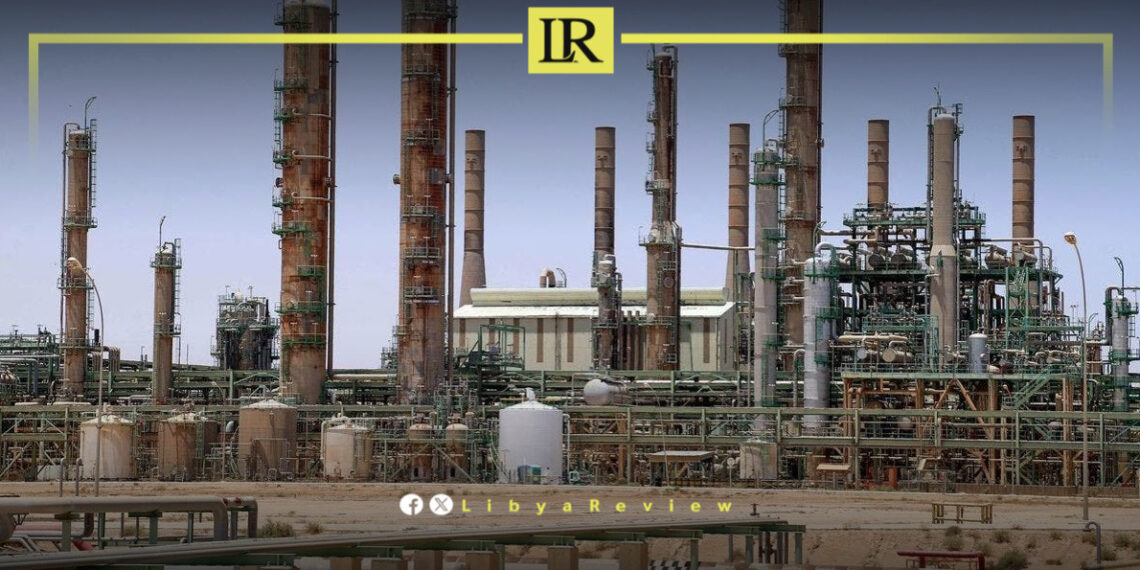On Tuesday, Libya’s National Oil Corporation (NOC) announced that the country’s daily oil output has surged to 1,133,133 barrels of crude oil and condensates, along with 206,666 barrels of oil equivalent from gas in the past 24 hours. This marks a significant recovery just days after lifting the force majeure on Libyan oilfields and ports.
The NOC attributed this swift rebound to the coordinated efforts of its leadership and staff, as well as support from the country’s oil companies. Production is expected to soon return to pre-shutdown levels, which stood at 1.27 million barrels of crude oil per day, alongside 221,000 barrels of oil equivalent from natural gas.
The force majeure, which was lifted last Thursday, had been in place for over a month due to the political crisis surrounding the leadership of the Central Bank of Libya. This dispute led to the shutdown of key oil facilities, causing severe financial losses to the country, whose economy relies heavily on oil exports.
Libya holds the largest proven oil reserves in Africa, and oil remains the lifeblood of the national economy. However, political instability has continually disrupted production since the fall of Muammar Gaddafi in 2011. The most recent shutdown in September 2024, triggered by internal disputes at the Central Bank, underscored the sector’s vulnerability to political crises.
The NOC declared force majeure during the closure, a legal status that suspends contractual obligations in situations beyond its control. The closure resulted in a sharp reduction in revenue for Libya, whose economy is heavily dependent on oil exports to fund public services and pay government wages.
With production now recovering to 90% of pre-crisis levels, the NOC’s announcement offers a glimpse of hope. A quick return to full production is crucial for the country as it seeks to regain stability and boost its economy.
Although the latest recovery is promising, Libya’s oil sector remains susceptible to future disruptions. Political divisions, armed conflicts, and blockades of oil infrastructure have become a recurring threat to consistent production. The country’s long-term economic stability will depend on its ability to overcome these challenges and maintain steady oil output.


